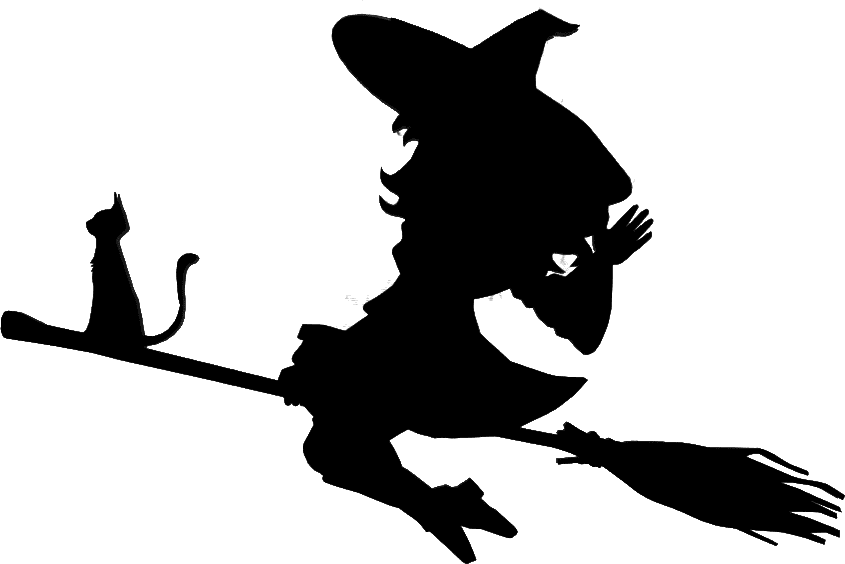Literature plays an important role in the Epithalamium Series, and I’m perhaps overly fond of using epigraphs from poetry to hint at and emphasize the themes of the stories, so here’s a list and some background for the works mentioned or used in the series.
Where possible, I’ve included links to works you can read online.
A 1595 poem by English poet Edmund Spenser (1532/1533–1599), presumably written to celebrate his marriage to his second wife, Elizabeth Boyle. It is generally considered among the greatest examples of the epithalamium, a form of poetry popular in the classical world. An epithalamium is a song or poem written to sing a bride to the bridal chamber.
An 1843 novella by English author Charles Dickens (1812–1870). It’s traditional fare in English-speaking countries and has been adapted for stage and screen innumerable times.
An 1912 book on human consciousness and thought by Russian philosopher and mystic P. D. Ouspensky (1878–1947). It was intended as a continuation of Aristotle’s Organon (4th century BCE) and Bacon’s Novum Organum (1620). An organon is “an instrument of thought, especially a means of reasoning or a system of logic” (per the Lexico online dictionary).
An erotic poem (ca. 1630) by English poet Thomas Carew (1595–1640). It was both popular and scandalous in its time.
An 1877 poem by Scottish poet William Topaz McGonagall (1825–1902), sometimes called “the worst poet in the English language”.
The autobiography (ca. 397) of St. Augustine of Hippo (354–430).
An epithalamium by Roman poet Gaius Valerius Catullus (ca. 84 BCE–ca. 54 BCE).
A confession of sins used in the Roman Rite of the Catholic Church. An English-language version can be found on Wikipedia.
A 1942 mystery by Belgian novelist Georges Simenon (1903–1989).
A poem from the 1924 book Tulips & Chimneys by American poet E. E. Cummings (1894–1962).
A 1922 poem by American poet T. S. Eliot (1888–1965).
A 1919 poem by Irish poet William Butler Yeats (1865–1039).
James Joyce’s (1882–1941) seminal modernist novel. After its 1922 publication in Paris (it had also been serialized in an American magazine), British authorities banned it on the grounds of obscenity.
Vladimir Nabokov’s (1899–1977) brilliant, wry, and transgressive masterpiece about a professor who develops a sexual obsession with a pre-teen girl. Written in 1953, it had its first publication in Paris in 1955 as a pair of low-quality green paperbacks. It was banned in the U.K. until 1959.
The first novel by Scottish author and poet Muriel Spark (1918–2006), published in 1957. Einar gives it to Minerva for Christmas.
A 1794 song by Scottish poet Robert Burns (1759–1796).
An 1851 poem by English poet Thomas Lovell Beddoes (1803–1849).
An 1855 poem by English poet Alfred, Lord Tennyson (1809–1892).
A song cycle by Austrian composer Franz Schubert (1797–1828) set on the poems of Wilhelm Müller (1794–1827). The title means “winter journey,” and it concerns a heartbroken young man who wanders a cold, dark landscape in despair. Schubert composed it while dying of syphilis.
Another Robert Burns song from 1794.
A poem by English writer D. H. Lawrence (1885–1930) from his 1923 book Birds, Beasts and Flowers.
A poem by American writer Stephen Crane (1871–1900), untitled, but commonly called after its opening line, from his 1895 book, The Black Riders and Other Lines.
A 1918 poem by English poet Wilfred Owen (1893–1918), published after his death in 1919.
A hymn by Scottish writer Robert Louis Stevenson (1850–1894). It was set to a variation by German composer Ludwig van Beethoven (1770–1827).
A fragment of poetry by English poet Percy Bysshe Shelley (1792–1822).
A poem published in 1928 in West Running Brook by American poet Robert Frost (1874–1963).
An opera by German composer Richard Wagner (1813–1883), set to his own libretto and based on German mythology depicting the struggle between sacred and profane love.
A 1905 poem by Stephen Crane.
From the famous 1881 collection Leaves of Grass by American poet Walt Whitman (1819–1892).
An epic poem published in 1667 by English poet John Milton (1608–1674). It tells the story of Adam and Eve’s expulsion from the Garden of Eden.
A 1486 treatise by German clergyman Heinrich Kramer (ca. 1430–1505). It was used in the prosecution of witches in the 15th century.
Minerva’s1970 book on the effects of Transfiguration upon mammals, which was the first to speculate on potential evolutionary changes due to cross-species Transfiguration.
Thorfinn McGonagall’s 1909 book examining the way European Muggles interpolated magical history into their mythologies.
A 1955 book edited by Thorfinn McGonagall, with contributions from Minerva and Einar, examining the potential benefits and risks of increased interaction and cooperation between Muggles and mages.
This 1957 novel by Scottish author Muriel Spark treats madness and magic as quotidien elements of day-to-day British life.

Lorem ipsum dolor sit amet, consectetur adipiscing elit. Ut elit tellus, luctus nec ullamcorper mattis, pulvinar dapibus leo.